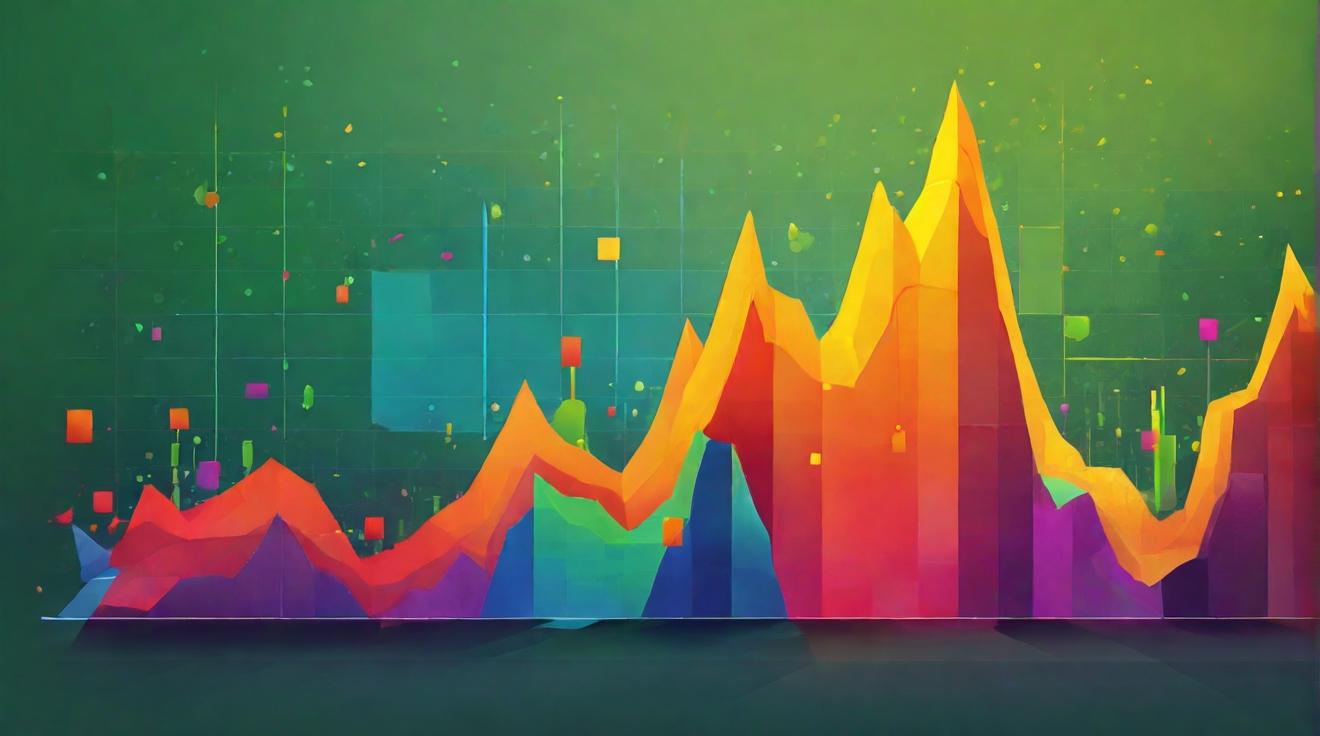K-Shaped Economic Recovery Takes Hold Amid Consumer Spending Divide
The U.S. economy is exhibiting a pronounced “K-shaped” recovery as spending patterns diverge sharply between income groups. While wealthier Americans continue to leverage their purchasing power, lower- and middle-income consumers are increasingly scaling back on expenditures amid inflationary pressures and ongoing economic uncertainties. This bifurcation was highlighted in the recent Consumer Price Index (CPI) report, which, after delays caused by a government shutdown, revealed a 0.3% increase in prices month-over-month and a 3% rise year-over-year. These figures point towards a potential easing of monetary policy with the Federal Reserve likely to consider interest rate cuts in the near term.
Consumer Price Index Signals Inflation Moderation
The CPI report, essential for gauging inflation across a broad spectrum of goods and services, also informs the Social Security Administration’s cost-of-living adjustments. For 2026, the SSA announced a 2.8% increase based on these inflation measures. However, the economic strain remains unevenly distributed. Essential daily costs such as groceries and fuel continue to weigh heavily on lower- and middle-income households, while wealthier consumers benefit from robust stock market gains and appreciating home values.
Food and Beverage Industry Reflects Spending Disparities
Coca-Cola, a key barometer of consumer health, illustrates the split in spending behavior. CEO James Quincey noted that growth is driven by premium products like Topo Chico sparkling water and Fairlife protein shakes, favored by higher-income consumers. Simultaneously, Coca-Cola experiences increased demand at value-oriented dollar stores and upscale venues such as fast-casual dining and amusement parks, underscoring the polarization within its customer base. Fast-food chains are responding strategically to this two-tier economy. McDonald’s expanded its value menu to accommodate lower-income customers, though CEO Chris Kempczinski reported a significant decline in traffic among this demographic, attributing it to meal skipping or home dining. Similarly, Chipotle CFO Adam Rymer acknowledged pressures on lower-income consumers and indicated future pricing decisions will consider this sensitivity. Procter & Gamble also observes K-shaped shopping patterns, with wealthier consumers purchasing larger quantities from club stores, while lower-income shoppers delay restocking until necessary.
Automobile and Airfare Markets Highlight Economic Divide
Automobile prices reached an unprecedented average of $50,000 for new vehicles, fueled by affluent buyers with strong credit access. Conversely, defaults and repossessions are rising among consumers with subprime credit scores. Erin Keating, an analyst at Cox Automotive, emphasized that the luxury segment is sustaining the auto market, supported by households with capital and favorable loan conditions. In the airline industry, premium seating options have gained traction, with Delta Air Lines projecting premium cabin revenues to surpass economy class next year. CEO Ed Bastian notes no slowdown in demand for higher-priced, spacious seats.
The hospitality industry exhibits clear K-shaped tendencies, with luxury brands outperforming while budget and mid-tier segments face revenue declines. Hilton CEO Christopher Nassetta anticipates this disparity will diminish as inflation and interest rates ease. Nassetta projects that the middle and lower tiers of the market will experience recovery in the near future, narrowing the gap with the high-end segment. Recent earnings reports from Hilton confirm robust performance in luxury offerings, contrasted by reduced revenue at more affordable brands such as Hampton by Hilton and Homewood Suites.
FinOracleAI — Market View
The emergence of a K-shaped economic recovery underscores widening disparities in consumer spending power. This bifurcation presents complex challenges and opportunities for businesses and policymakers alike.
- Opportunities: Premium product lines and luxury service offerings continue to attract affluent consumers, supporting growth in select sectors.
- Risks: Declining spending among lower-income groups could suppress overall economic growth and increase financial strain on vulnerable populations.
- Monetary policy adjustments, including potential rate cuts, may alleviate some pressures but require careful calibration to avoid exacerbating inequalities.
- Companies with flexible strategies that address diverse consumer segments are better positioned to navigate this bifurcated landscape.
Impact: The K-shaped recovery pattern signals uneven economic momentum, necessitating targeted interventions to support lower-income consumers while capitalizing on robust demand in affluent segments.













